The Ultimate Black Friday Checklist for a Sale-Boosting BFCM
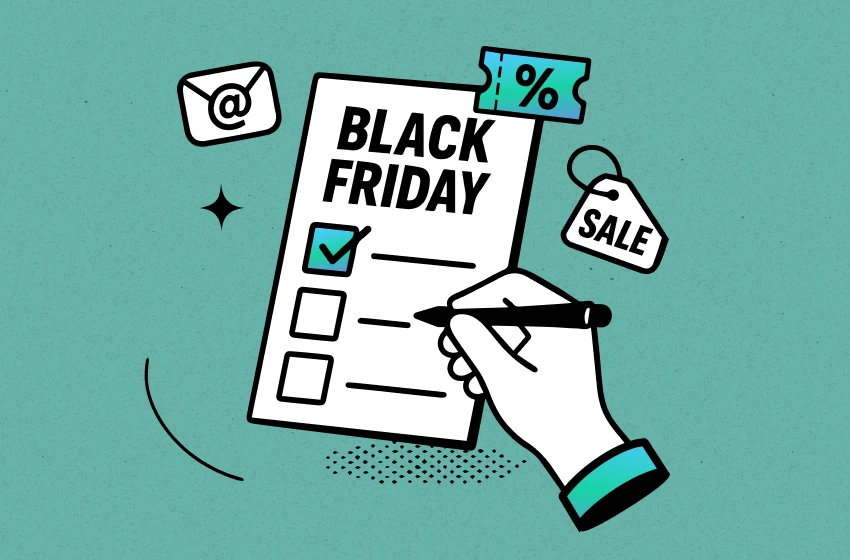
Black Friday can make or break your Q4 results. But success doesn’t come from last-minute discounts — it’s built on smart preparation. This ultimate Black Friday checklist walks you through what to do before, during, and after the sale, helping you boost conversions, keep operations smooth, and retain new customers long after the weekend ends.

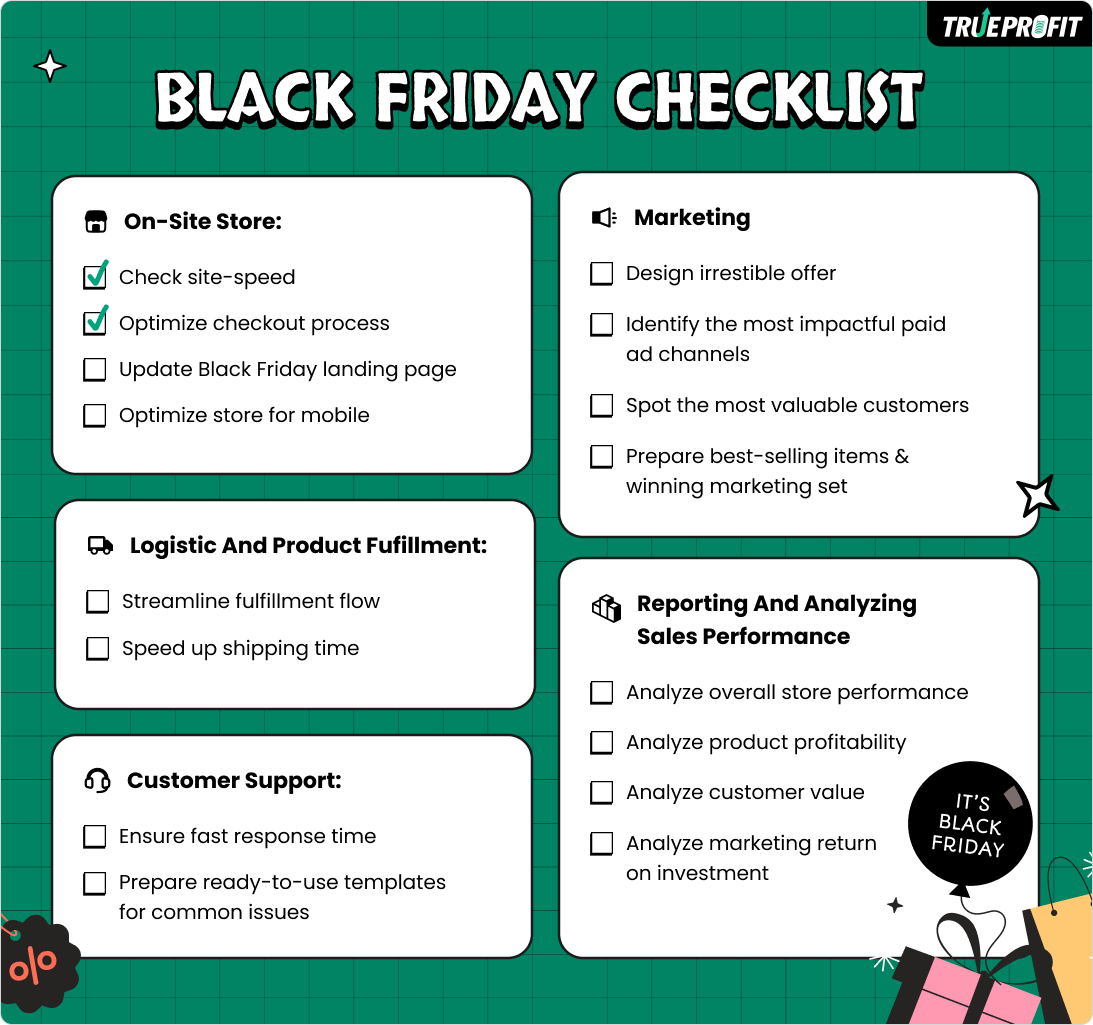
On-Site Store
1. Site Speed Check
Of all the tactics to boost sales this Black Friday, speeding up your site pays off the fastest—and big brand’s numbers prove it. Walmart saw conversions jump by 2% for every 1 second of improvement in load time, while Cloudflare reported a 1.1% revenue lift by cutting just a 100-millisecond on site.
So before you roll out any big promo or campaign, make sure your site is in good shape first. Most merchants use Google PageSpeed Insights or GTmetrix to test their load time and responsiveness. Once you have your results, compare them with these benchmarks: Mobile load time should be under three seconds and server capacity can handle 10x your normal traffic.


Depending on the tool, you can also dive deeper into metrics like:
- LCP: Main content loads in ≤ 2.5s
- FID: Responds to user actions within ≤ 100ms
- CLS: Layout stability ≤ 0.1
If your site isn’t hitting any out of these targets, it’s time to optimize before the holiday rush begins.
2. Optimize Checkout Process
You’ve already invested a lot to bring customers to the checkout page. Losing them here is the costliest mistake any store can make.
The best way to prevent that is by keeping your cart as simple as possible. A clean layout with a clear call-to-action and an easy-to-read order summary helps shoppers instantly see what’s in their cart and what to do next.
Guest checkout is another must-have. Research from Baymark found that 63% of shoppers abandon their carts when they’re forced to create an account. Let them check out as guests and only prompt users to sign up once they’ve completed their purchase or feel comfortable doing so.

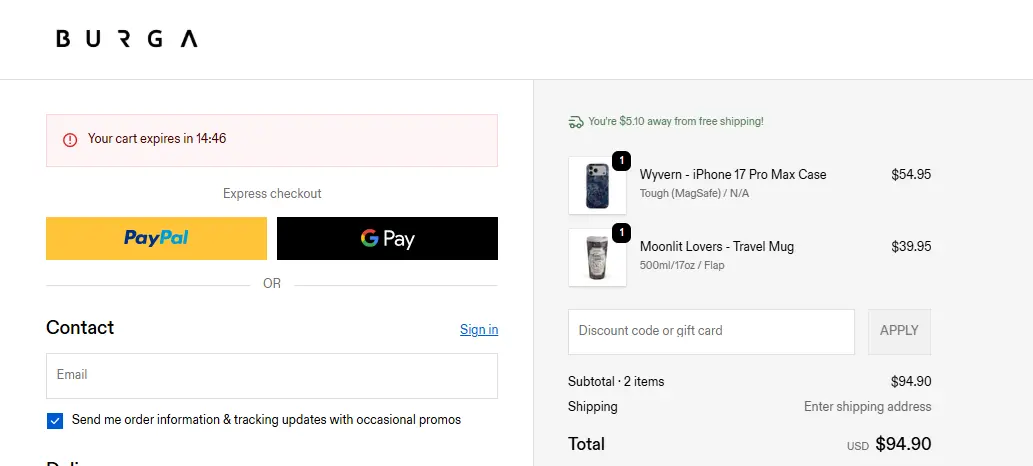
And don’t forget to offer a multi-language and multi-currency experience. 93% of consumers are more likely to purchase when prices appear in their local currency, according to Airwallex.
Finally, offer multiple payment gateways like PayPal, Venmo, and Apple Pay. 40% of shoppers abandon carts when mobile wallets aren’t available — so make sure your checkout doesn’t give them a reason to leave.
3. Upload Black Friday Landing Pages
Black Friday shoppers expect your biggest deal the moment they land on site. If your current page isn't built for that, then it's time to design a dedicated one that is.
Here’s what most high-converting pages have in common:
An attractive coupon for Black Friday. Your Black Friday deals are the hero of the story. Whether you’re running “Up to 50% Off” or “Buy One Get One Free,” make them the first thing shoppers see and the last thing they think about before clicking “Buy.”
Copy that drives purchase. Black Friday is not the time for brand storytelling. So focus on action-driven language that pushes customers to buy now — phrases like “Ends Tonight” or “Limited Stock Available” work far better.
And your CTA button is the most critical element on your Black Friday landing page. Make sure it works flawlessly on all devices and place it above the fold and across other key points of your page so shoppers always know where to click next.
4. Optimize Your Store for Mobile Shoppers
A mobile-responsive website automatically fits any screen size — from smartphones to tablets to desktops. That means your pages, images, and buttons should scale smoothly without users zooming or scrolling endlessly to find what they need.


Meanwhile, navigation should be simple and easy to use. Use clear categories like “Men’s Fashion,” “Women’s Fashion,” “Electronics,” and “Beauty & Skincare” to guide shoppers quickly to what they want.
Logistic and Product Fulfillment
There are two key aspects of logistics: the shipping process and the internal fulfillment workflow:
5. Fulfillment Workflow
A surge in sales over a short period can make it challenging to fulfill orders quickly and accurately. First, planning in advance how to organize orders can drastically reduce processing time. Some effective strategies include:
- Customer priority: Reward loyal customers by fulfilling their orders first. Use order tags (available on the Shopify App Store) to identify your top customers.
- Shipping requirements: Prioritize orders based on shipping type—expedited orders go first. You can also group by delivery method to streamline local delivery or specific shipping provider workflows.
- Product type: Organize orders by product category to speed up picking and packing. Defining product weight and dimensions in your Shopify admin also helps select the most suitable packaging and shipping options.
Lastly, ensure your fulfillment location is well-stocked with necessary supplies and that your best-selling products are easy to access for faster picking and packing.
6. Shipping Process
Today’s shoppers expect fast and free shipping, ideally both. OpenSends shows that 90% of customers are willing to wait two to three days for delivery. However, keep in mind that faster shipping during high-peak season can be costly, so weigh the benefits against your profit.
It’s equally important to communicate your shipping policies clearly. Make sure transit times are visible at checkout, your FAQ page, in email campaigns, and across marketing channels so customers know when to expect their orders before completing a purchase.

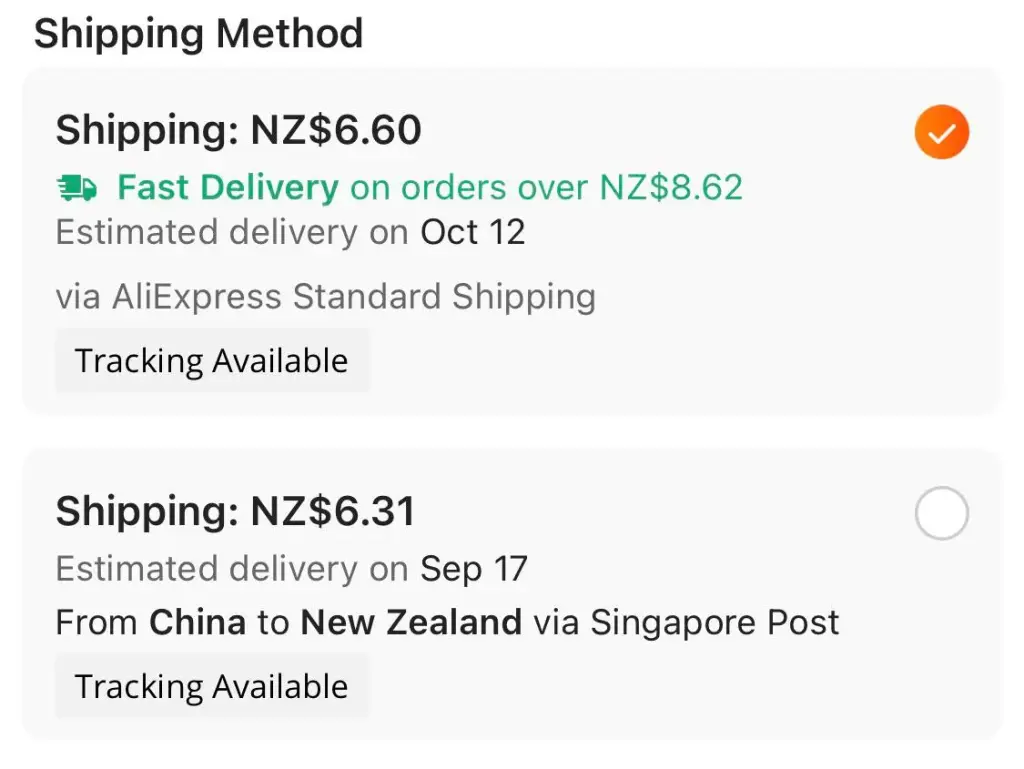
Marketing
7. Design Irrestible Offer
The right offer is what attracts visitors into the store and encourages not just a single but often multiple items in the same order.
There are several types of offers that perform exceptionally well during Black Friday: Buy one, get one free, Tiered discount codes, Limited-time free shipping, Sitewide discount, Exclusive discount for VIP, and more, they’re all designed to boost conversions and your cart value.


Just remember:
Offering deep discounts can unintentionally cut into your profit especially when customers only buy the discounted item and nothing else, leaving your store to absorb the cost. To prevent this, most merchants carefully track their net profit margin while using strategies like upselling, cross-selling, or promoting higher-priced items.
The goal is to keep net profit margin healthy - meaning they still earn a good net profit on each order. Before running your campaign, pocket a few proven Black Friday marketing ideas to help boost sales without hurting your profit.
8. Identify the Most Impactful Paid Ad Channels
Understanding which ad channels drive the most value is the foundation of every successful paid campaign—whether that’s Facebook, Instagram, TikTok, or Google — make sure you take a closer look at your analytics to pinpoint which ones are generating the most profit and double down on them during Black Friday.
While there are other ad metrics like impressions, reach, and click-through rate (CTR), these are better for evaluating ad set performance rather than determining which channel or campaign has the biggest financial impact. We recommend you tracking these 4 key ad performance metrics that directly impact the bottom line:
- Net profit on ad spend calculates net profit generated for every unit of currency spent on advertising.
- Cost per acquisition measures the cost of converting a lead into a buying customer.
- Cost per click measures the cost of making each user clicks on the ad.
- Conversion rate refers to the percentage of each user that takes the desired action (usually add to cart or purchase ) after clicking your ad.
By focusing the effort on where to deliver the highest returns, merchants can make much smarter marketing decisions.
Further Reading
9. Spot Your Most Valuable Customers
Not all customers contribute equally to your business.That’s why identifying your most valuable customers (MVCs) is crucial.
To pinpoint these high-value segments, you can track the following key metrics:
Average order value (AOV) identifies customers who spend the most on each purchase.
Customer lifetime value (CLV) measures the total revenue a customer generates over a set period, usually six months to a year.
Purchase frequency highlights customers who buy more and buy often after their first purchase.
Together, these metrics give you a clear picture of who your most profitable customers are and you can double down on retention strategies for them — offering personalized deals, exclusive perks, or early access to sales — while reallocating marketing efforts to nurture the rest.
10. Prepare for the Best-Selling Item & Winning Marketing Ideas
Black Friday is the time to execute marketing ideas that already work. This means sellers enter the season fully knowing which products sell best, which ads drive conversions, which email campaigns suit perfectly for Black Friday, and which creatives grab attention long before the big day arrives.
Start by tracking your historical data to identify trends and patterns. A winning product is the one that brings in consistent sales and maintains a healthy profit margin. A winning ad format is proven when it delivers the best return on ad spend (ROAS) and conversion rate (CVR). A winning ad creative consistently drives clicks, conversion, and ultimately relies on profit per ad spend to spot top performers.
The goal here is to find the winning code, so when the big day comes, all that’s left to do is roll out your best offer on your best-performing products and ads.
Customer Support
A key part of delivering a great Black Friday experience is ensuring fast response times across all channels. To keep responses efficient and professional, prepare ready-to-use templates for common customer issues such as lost or delayed orders, dissatisfaction with a purchase, and delivery of damaged products.

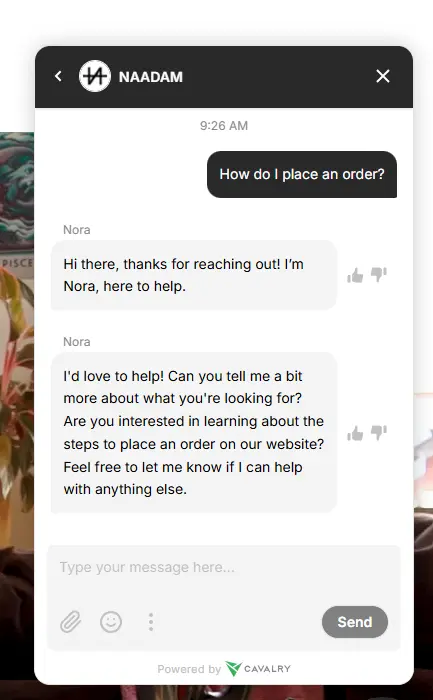
Black Friday means more orders to pack, ship, and track within tight deadlines. So many merchants choose to hire part-time or seasonal staff to support shoppers 24/7 during this busy period. Equally important is training your support team to listen actively and respond with genuine empathy. The way you respond under pressure can turn a frustrated buyer into a loyal fan.
Reporting and Analyzing Sales Performance
Black Friday may be over, but your next big sale isn’t far off. By analyzing your Black Friday sales performance, you’re fully-prepared to copy-and-paste your success for the next big sales event.
Sales performance typically includes three main pillars.
Overall store performance. Start by reviewing your core performance metrics: total revenue, number of orders, average order value (AOV), net profit margin, net profit and conversion rate.
Next, dive deeper into marketing performance. Compare how different sales channels—such as your Shopify store, TikTok Shop, or Meta Ads—contributed to total revenue and profit. Metrics like Return on Ad Spend (ROAS) and Net Profit on Ad Spend (NPAS) help reveal whether your paid campaigns were truly profitable.
Don’t forget to track customer behavior data during and after Black Friday. Reviewing metrics like purchase frequency, repeat order rate, and new vs. returning customers will help you spot long-term growth opportunities beyond the holiday season.
And finally, product analytics helps identify net profit per order— the ones that not only drive the highest sales but also the best profit margins and the most repeat purchases.
Get Ready for Your Most Profitable Black Friday
If there’s one takeaway from this entire checklist, it’s this: every move you make — before, during, and after Black Friday — must be data-backed and performance-trackable. You need solid proof that every effort works, and more importantly, that it drives real financial impact to your bottom line.
That’s exactly why thousands of Shopify merchants installed TrueProfit long before BFCM.
It’s the final, yet most crucial step that ensures every sale actually adds to your profit. TrueProfit is the #1 Shopify Net Profit Analytics app that gives you complete financial visibility — showing your true net profit by automatically calculating every expense—from COGS and ad spend to fulfillment and shipping fees—so you always see the full financial picture.


With TrueProfit, you can:
- Track every key financial metric — from net profit, product cost, ad spend, shipping fee, to fulfillment cost — in real time throughout the BFCM season.
- Compare performance daily or weekly with automated P&L reports to spot revenue peaks and slowdowns.
- Identify your most profitable products instantly and double down on the ones that truly drive profit.
- Measure ad performance by its real profit impact, not just ROAS or clicks.
- Spot your most valuable customers by tracking repurchase rate and revenue per acquisition cost.
- Monitor overall profitability across multi-store in a single dashboard
With TrueProfit, you go into Black Friday with complete clarity, knowing which actions, ads, and products actually grow your bottom line.
Black Friday Checklist FAQs
What are the top 3 selling items on Black Friday?
The top-selling items during Black Friday typically include electronics, fashion, and home appliances. Products like TVs, smartphones, gaming consoles, laptops, and smartwatches dominate sales. Apparel and footwear also perform strongly, especially when bundled with tiered discount offers.
How to prepare your store for Black Friday?
Start early by analyzing past performance and identifying your best-selling products. Plan exclusive deals, optimize your website for speed and mobile, and make sure your inventory and fulfillment are ready. Don’t forget to prepare your customer support team and install analytics tools like TrueProfit to track sales, expenses, and profit in real time.
What do people usually do on Black Friday?
Most shoppers hunt for limited-time deals both online and in stores. They compare prices, read reviews, and make quick purchase decisions to secure the best offers. For many, Black Friday also marks the start of holiday gift shopping.
What do most people buy during Black Friday?
People usually buy electronics, gadgets, fashion items, and home essentials. In recent years, beauty products, toys, and fitness gear have also become popular categories as shoppers look for gifts.
How to maximize Black Friday sales?
To maximize your sales, build a clear, data-backed strategy. Highlight your best-performing products, create limited-time offers, and use urgency tactics like countdown timers or low-stock alerts. Track results using profit analytics tools to make sure every sale adds to your bottom line.
What to invest in before Black Friday?
Invest in inventory, email marketing tools, and profit analytics software like TrueProfit. These help identify winning products, manage ad spend efficiently, and ensure your campaigns remain profitable. It’s also smart to upgrade your website hosting to handle traffic spikes.
How to do Black Friday as a small business?
Small businesses should focus on niche deals and personalized offers instead of competing on deep discounts. Emphasize what makes your brand unique, nurture loyal customers, and use bundles or exclusive offers. Communicate early through email and social media, and track data to focus on profit, not just revenue.
Irene Le is the Content Manager at TrueProfit, specializing in crafting insightful, data-driven content to help eCommerce merchants scale profitably. With over 5 years of experience in content creation and growth strategy for the eCommerce industry, she is dedicated to producing high-value, actionable content that empowers merchants to make informed financial decisions.

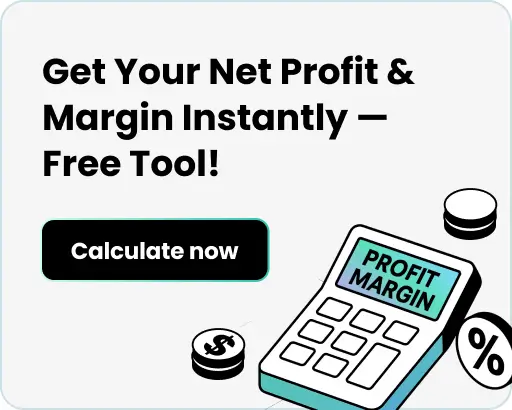



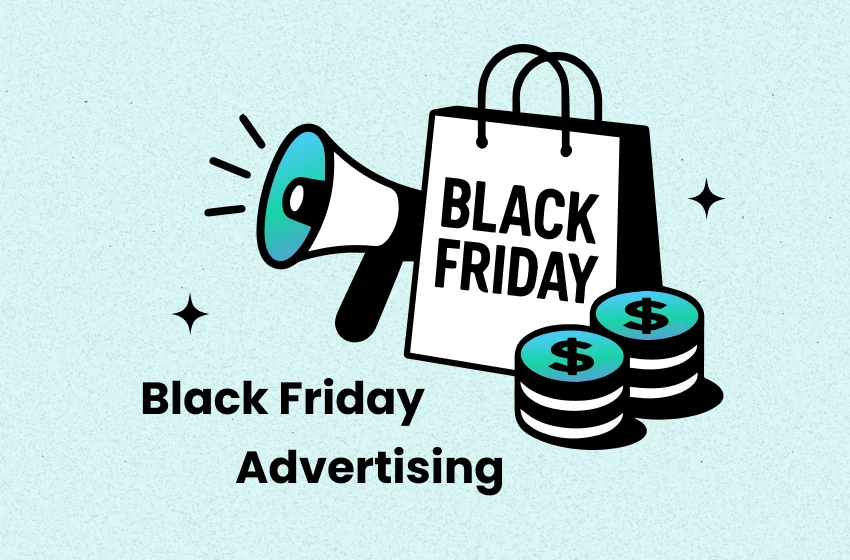

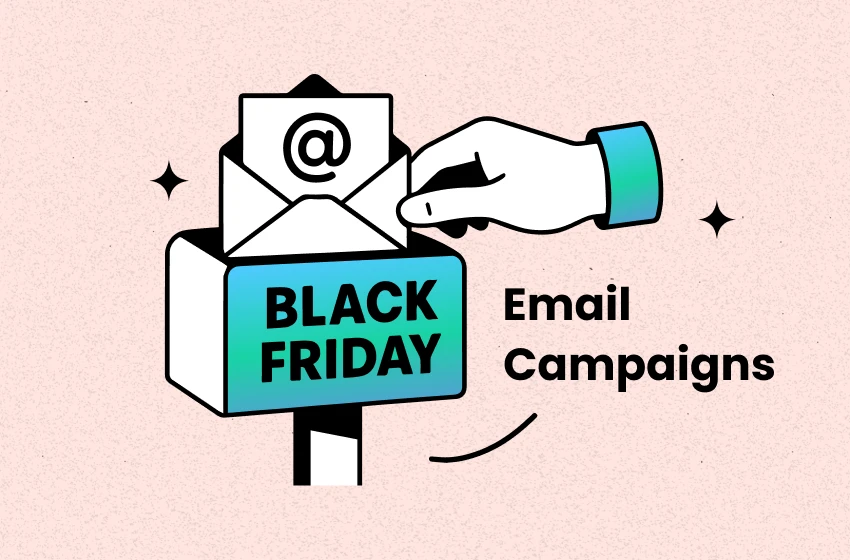
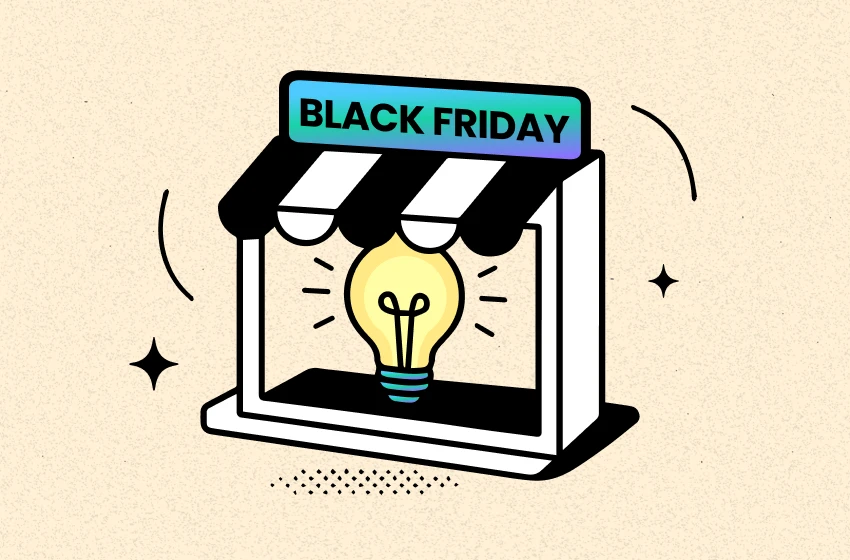
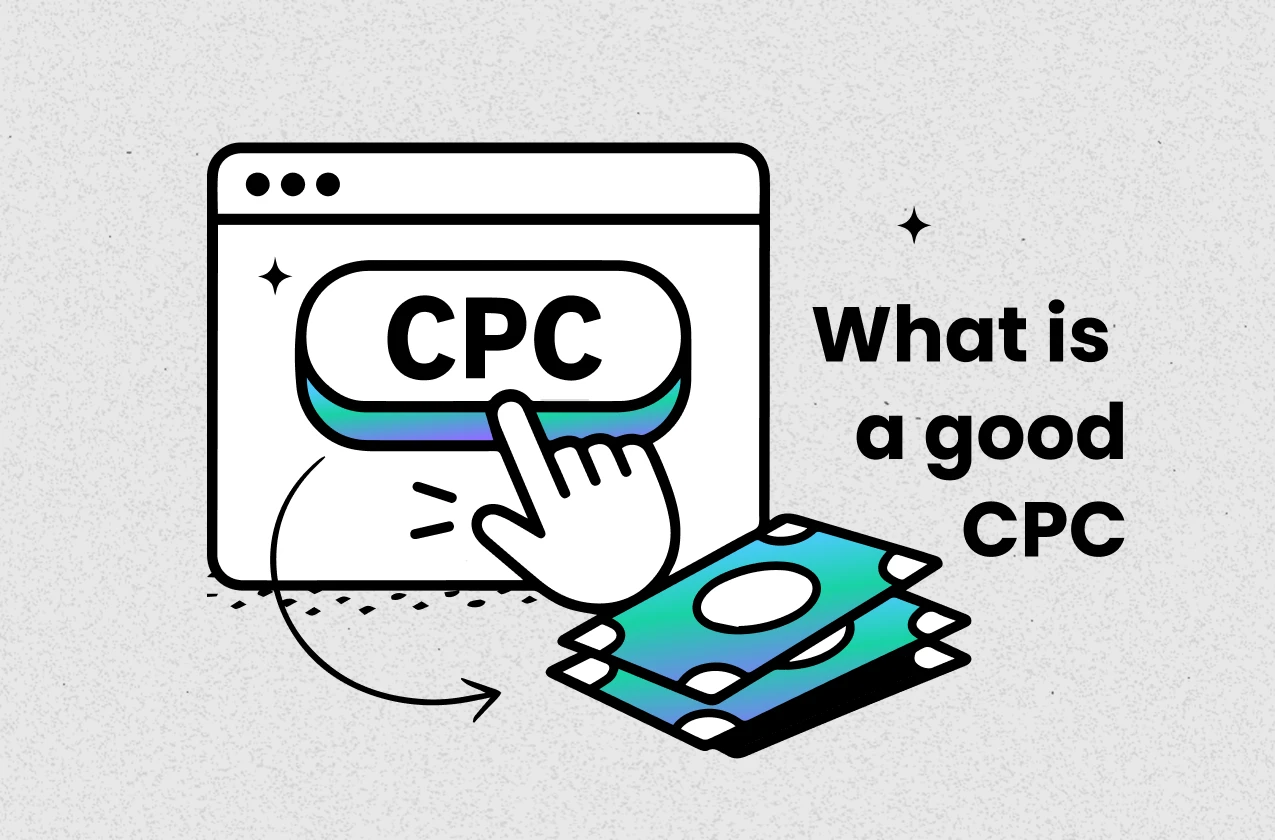

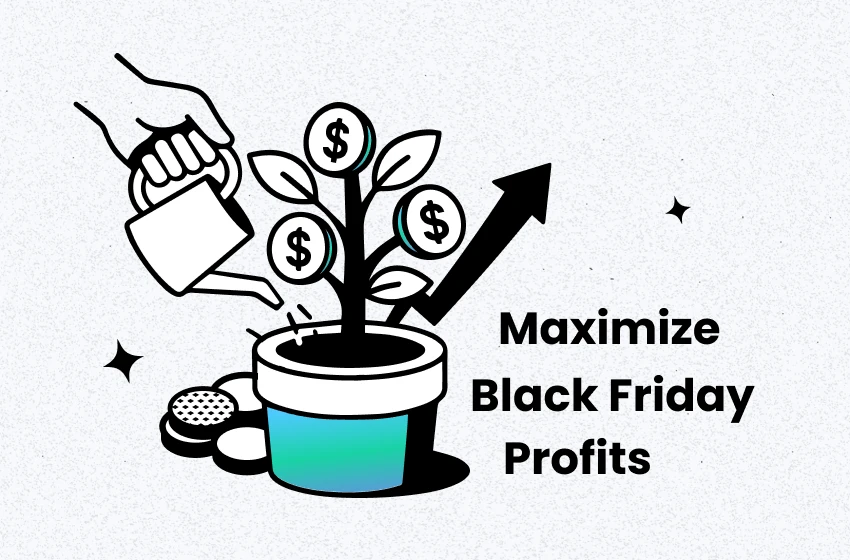
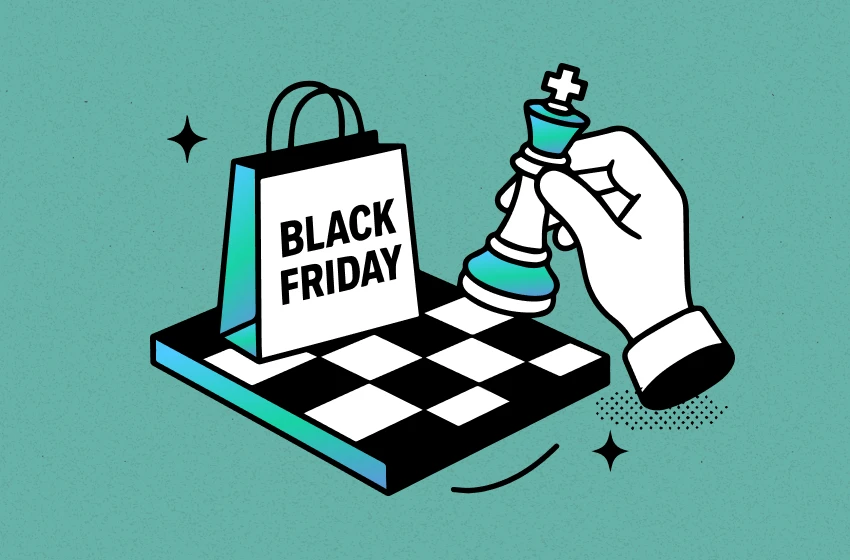
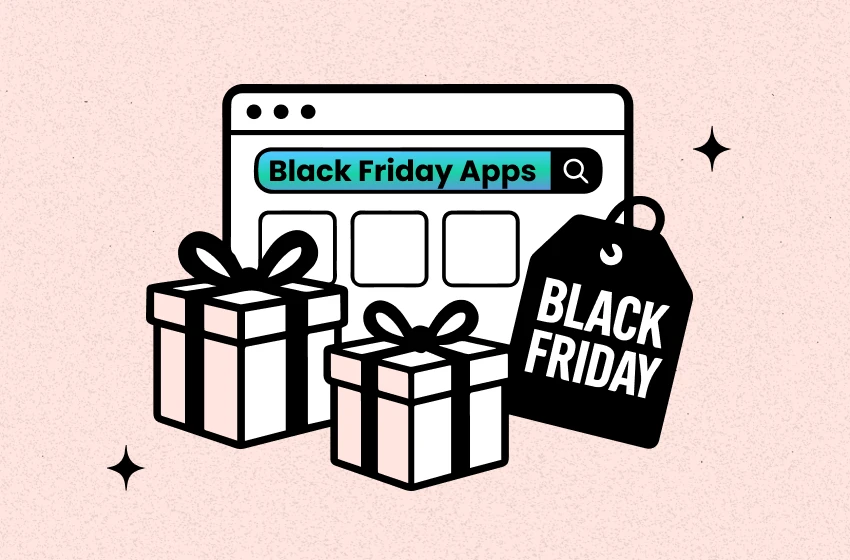
 Shopify profits
Shopify profits